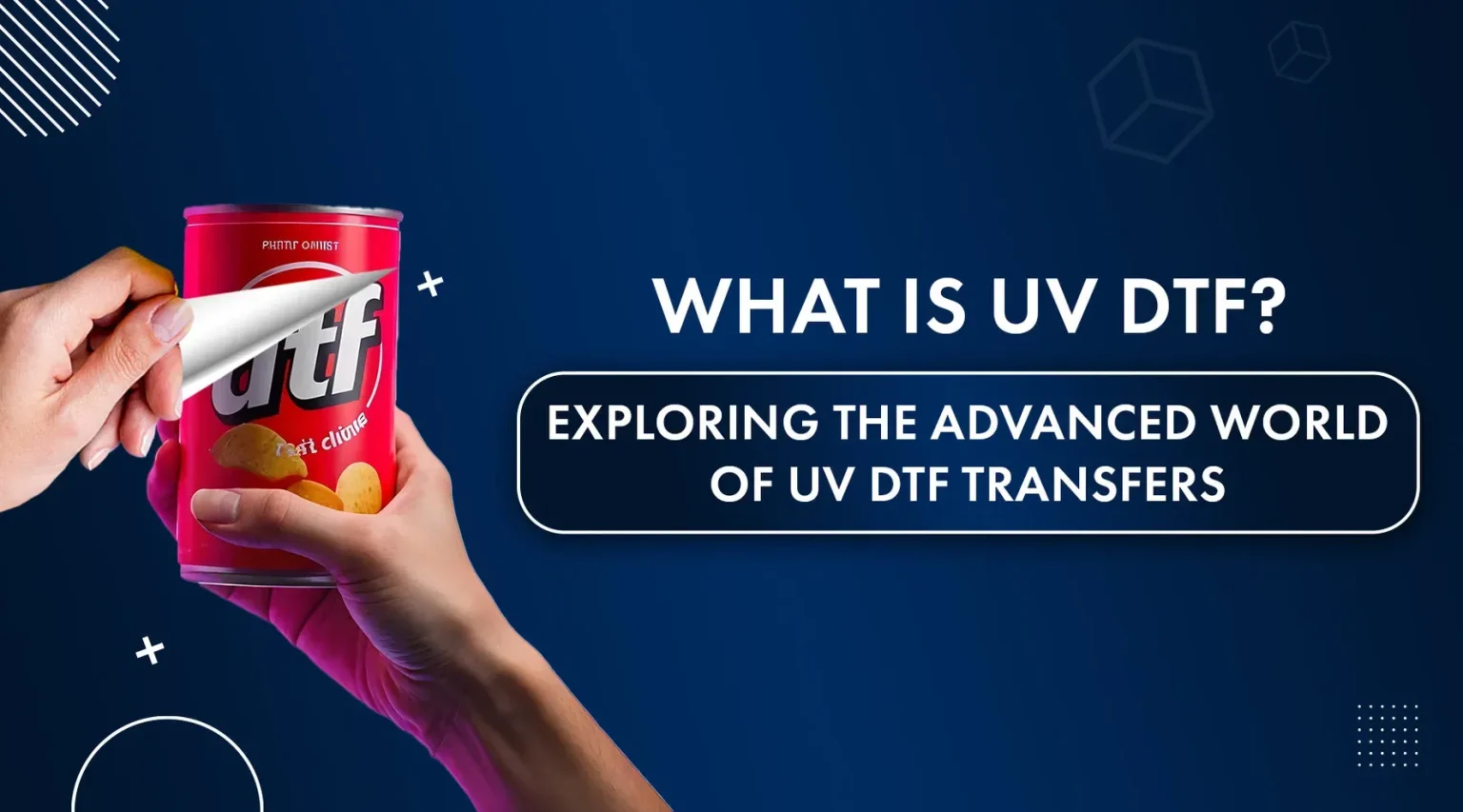UV DTF technology, or Direct to Film technology, is revolutionizing the printing industry by offering entrepreneurs an innovative solution that combines the best of both worlds: vibrant UV printing and the versatility of direct-to-film methods. This powerful technology provides numerous UV printing benefits, including high-quality output on various materials, making it a go-to resource for custom printing solutions. In an age where eco-friendly printing practices are paramount, UV DTF supports sustainable operations that resonate with modern consumers. Entrepreneurs looking to elevate their brand can leverage this cutting-edge technology not only for its cost-effectiveness but also for its ability to adapt to various market demands. As we dive into the impact of UV DTF technology, it becomes clear how this entrepreneur-centric printing technology can drive business success and customer satisfaction.
When discussing UV DTF technology, it’s crucial to consider its alternative names and concepts, such as Direct to Film printing, which reflects its unique application in the printing landscape. This method is particularly beneficial for businesses seeking innovative fabrication techniques that enhance quality and environmental sustainability. Also referred to as advanced film printing, this technology leverages the robustness of ultraviolet light in producing striking, durable images on diverse substrates. Consequently, entrepreneurs can utilize such alternative techniques that offer flexibility and immediate results in their printing endeavors. Exploring the nuances and terminologies associated with UV DTF further emphasizes its vital role in modern printing solutions.
Understanding UV DTF Technology
UV DTF (Direct to Film) technology is revolutionizing the printing landscape, allowing entrepreneurs to produce high-quality prints efficiently. This method utilizes Ultraviolet light to cure the ink as it is printed onto a special film, which can then be transferred to a variety of materials. This process not only ensures vibrant colors and sharp resolutions but also enables customization on different surfaces including textiles, metals, and plastics. Entrepreneurs can tap into diverse markets by creating unique products, such as custom apparel and promotional materials, leveraging the adaptability of UV DTF technology.
The mechanics behind UV DTF technology empower businesses to fulfill both small and large orders with ease. By using this printing method, entrepreneurs can venture into multiple avenues of product development without the hefty costs of traditional printing. Customization becomes seamless, allowing businesses to respond quickly to market trends and consumer demands, ultimately enhancing their product lines and fostering customer engagement.
Frequently Asked Questions
What are the main advantages of using UV DTF technology in printing?
UV DTF technology offers several advantages, including cost-effective production, versatility across different materials, high-quality output, and the ability to implement eco-friendly printing solutions. These benefits make UV DTF an attractive option for entrepreneurs looking to enhance their custom printing solutions.
How does UV DTF technology compare to traditional UV printing methods?
UV DTF technology combines the benefits of UV printing with direct-to-film techniques, allowing for high-quality prints on a wider range of substrates. Unlike traditional UV printing, which can have higher setup costs and minimum order requirements, UV DTF offers flexibility for both small and large production runs, making it ideal for businesses with varying customer demands.
Is UV DTF technology suitable for eco-friendly printing?
Yes, UV DTF technology is suitable for eco-friendly printing as many UV inks used in this process are environmentally friendly. Entrepreneurs can leverage this technology to align their business practices with sustainable trends, attracting a socially conscious customer base while reducing their environmental impact.
What types of products can be created using UV DTF technology?
UV DTF technology enables entrepreneurs to create a variety of products, including custom apparel, signage, promotional items, and personalized gifts. Its versatility across various materials makes it a valuable tool for businesses in diverse industries.
What challenges should entrepreneurs consider when adopting UV DTF technology?
Entrepreneurs should consider challenges such as the initial investment in UV DTF equipment, the need for proper training in machine operation, and the potential complexities involved in the printing process. Ensuring staff are well-trained can minimize downtime and enhance production efficiency.
How has the market responded to the adoption of UV DTF technology?
The market has seen significant growth in the adoption of UV DTF technology, especially as entrepreneurs seek innovative solutions to stand out in competitive environments. Reports suggest a rising demand for customized products, positioning UV DTF as a key player in the evolving printing landscape.
| Key Point | Description |
|---|---|
| Cost-Effective Production | Eliminates large setup costs and minimum order quantities, allowing for production flexibility. |
| Versatility Across Industries | Capable of printing on various substrates, catering to industries from fashion to promotional items. |
| High-Quality Output | Produces vibrant, durable prints resistant to fading and scratching, enhancing customer satisfaction. |
| Eco-Friendly Solutions | Utilizes eco-friendly inks, aligning business practices with sustainability trends. |
| Market Growth and Trends | Growing adoption of UV printing technologies driven by consumer demand for customization. |
| Challenges and Considerations | Initial investments and the need for staff training on equipment operations are crucial for success. |
| Real-World Applications | Businesses have reported improved sales by utilizing UV DTF for custom and personalized products. |
Summary
UV DTF Technology offers entrepreneurs a dynamic solution for modern printing needs, combining cost-effectiveness and versatility with high-quality outputs. As businesses increasingly strive to meet consumer demands for custom products, adopting UV DTF technology positions them to enhance their offerings and improve customer retention. The ability to print on various substrates opens up diverse market opportunities, while the eco-friendly aspects align businesses with sustainability trends. However, potential challenges, such as initial investments and the need for proper operator training, must be carefully managed. In summary, those who invest in UV DTF technology are likely to see significant benefits, including increased customer satisfaction and a competitive edge in their respective markets.

